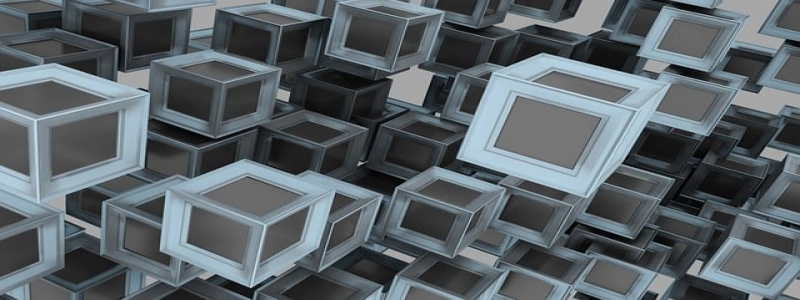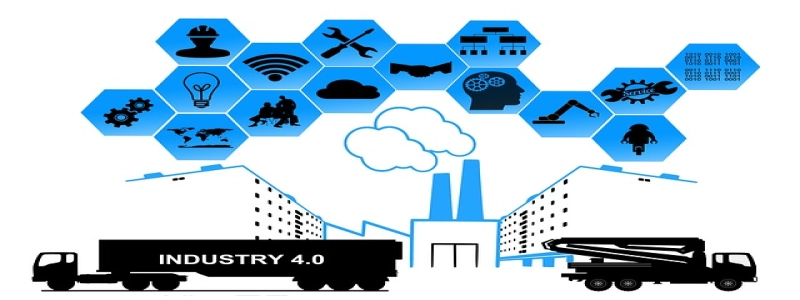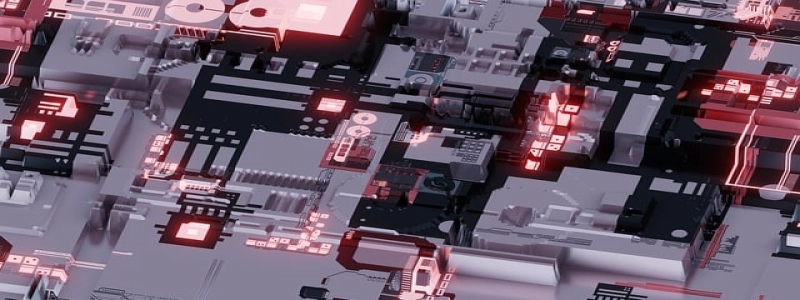Cat 5 vs Cat 6 Ethernet
Introduction:
Ethernet cables are widely used for network connections, and two commonly used variants are Cat 5 and Cat 6. These cables are used to transmit data over short and long distances. Understanding the differences between Cat 5 and Cat 6 will help users make an informed decision when choosing the appropriate cable for their network needs.
I. Cat 5 Ethernet Cable:
Cat 5 Ethernet cables are one of the earliest versions of cables used for networking. They are capable of transmitting data at speeds up to 1000 Mbps (megabits per second) and support frequencies of up to 100 MHz (megahertz). Cat 5 cables typically consist of four twisted pairs of copper wires and are available in both shielded and unshielded varieties.
Advantages of Cat 5 Ethernet Cable:
1. Cost-effective: Cat 5 cables are generally lower in price compared to newer cable types.
2. Suitable for basic networking: Cat 5 cables are well-suited for everyday internet use, such as browsing, emailing, and streaming.
Disadvantages of Cat 5 Ethernet Cable:
1. Limited speed and bandwidth: While Cat 5 cables perform adequately for basic networking, they may not be sufficient for demanding tasks such as high-definition video streaming or large file transfers.
2. Susceptible to interference: Cat 5 cables are more prone to external interference and crosstalk, which can lead to data transmission issues.
II. Cat 6 Ethernet Cable:
Cat 6 Ethernet cables are an improved version of Cat 5 cables. They offer higher data transmission speeds and improved performance overall. Cat 6 cables can support data speeds up to 10 Gbps (gigabits per second) and operate at frequencies up to 250 MHz.
Advantages of Cat 6 Ethernet Cable:
1. Faster data transfer speeds: Cat 6 cables are designed to handle higher bandwidth, making them suitable for demanding applications such as online gaming, video conferencing, and data centers.
2. Better signal quality: Cat 6 cables have improved insulation and reduced crosstalk, resulting in enhanced signal integrity and reduced data errors.
Disadvantages of Cat 6 Ethernet Cable:
1. Higher cost: Cat 6 cables are generally more expensive compared to Cat 5 cables due to their improved performance.
2. Limited compatibility: Cat 6 cables require compatible network devices to achieve the full benefits of their higher speeds.
Conclusion:
In summary, Cat 5 Ethernet cables are a cost-effective option for basic networking needs, while Cat 6 Ethernet cables offer higher speeds and superior performance for more demanding applications. When deciding between the two, it is essential to consider the specific requirements of the network. If faster speeds and increased bandwidth are necessary, Cat 6 cables are the more suitable choice, albeit at a higher cost. However, for simpler tasks and budget-conscious users, Cat 5 cables may still be a viable option. Ultimately, the decision between Cat 5 and Cat 6 Ethernet cables will depend on the individual’s networking needs and budgetary considerations.








